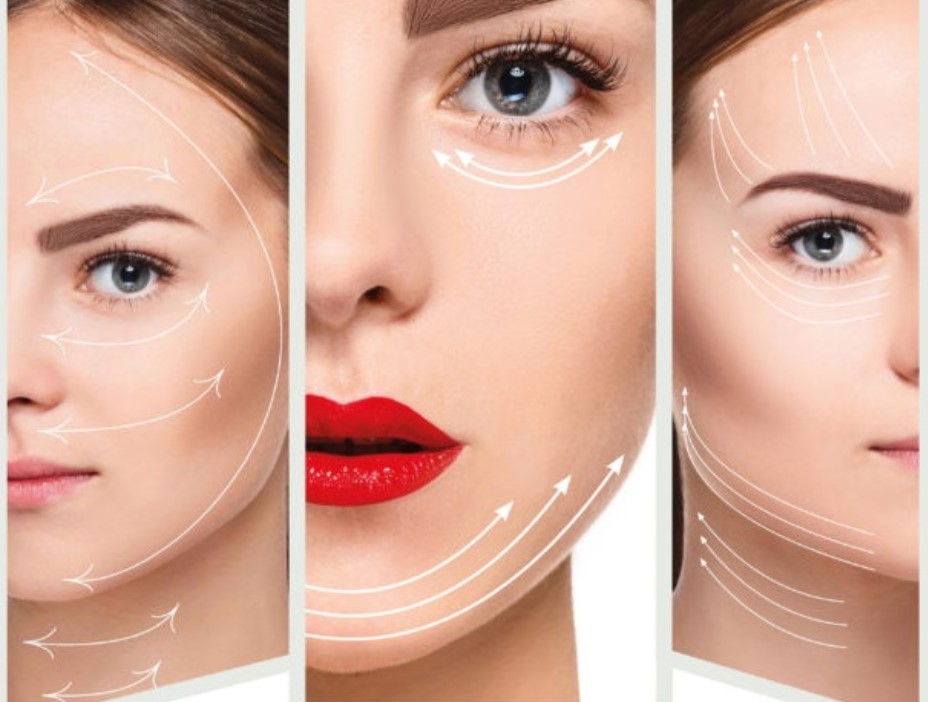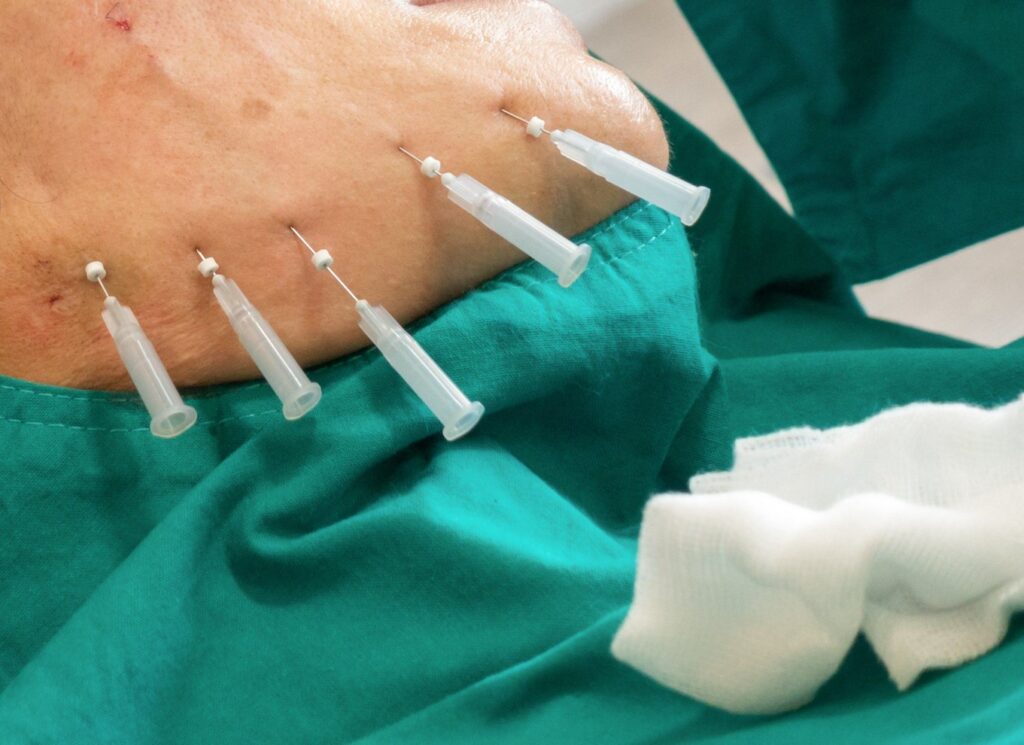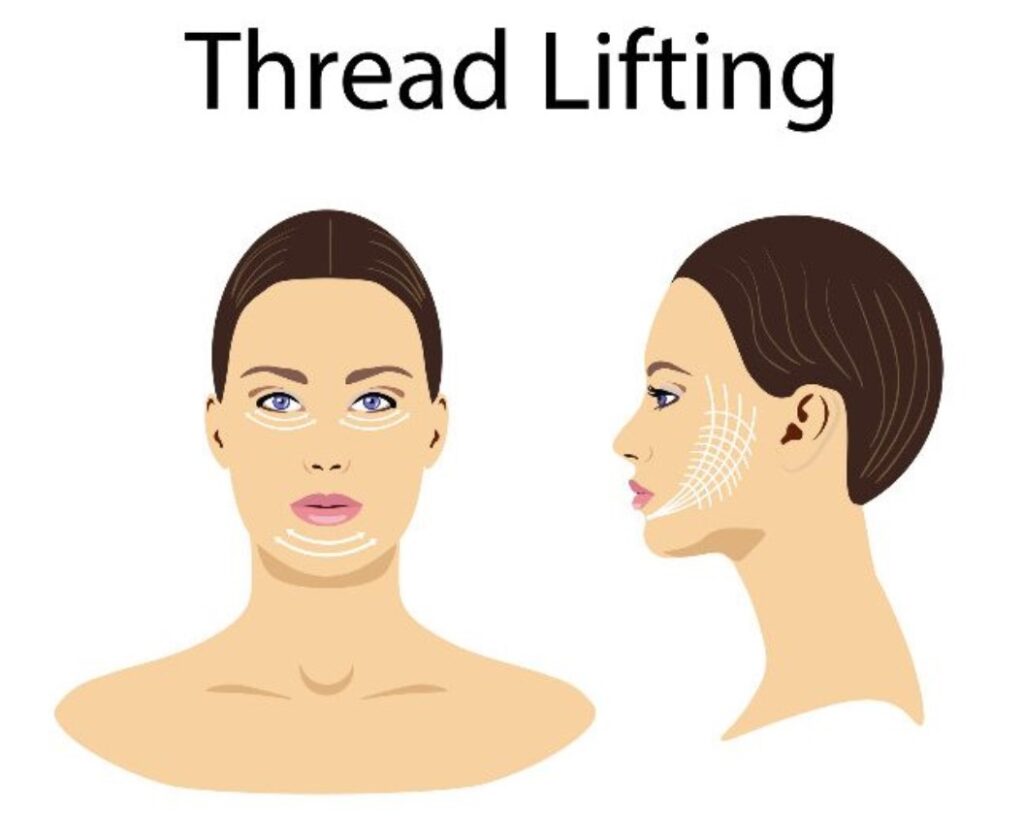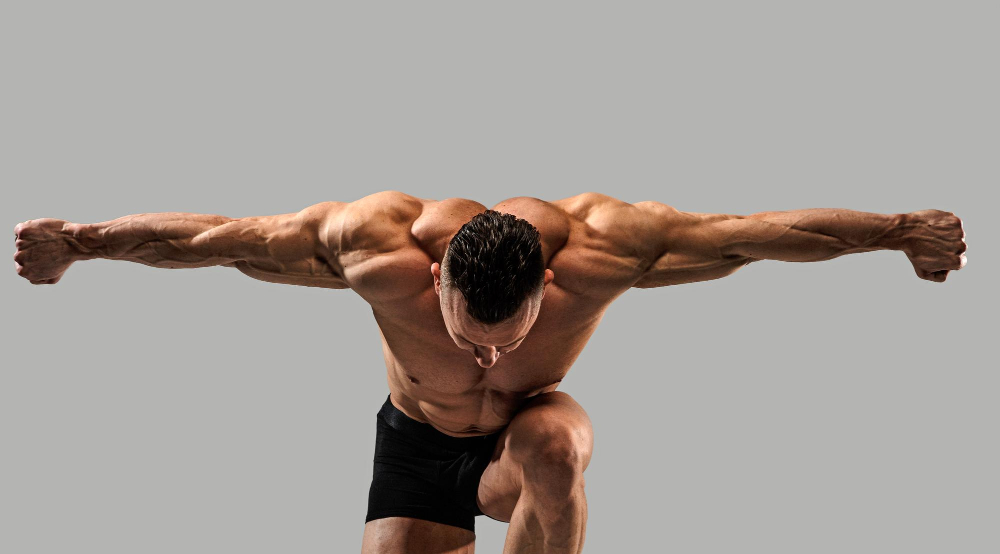There are many cosmetic procedures you can perform on your face these days. One of the least invasives is, without a doubt, thread lift. If you believe that your face needs a facelift, one of the options to consider must be this one. Thread lift works by inserting a thread material under your skin, which is later tightened when your skin is pulled up by your doctor during the same process, which you can see if you click here.
While it might sound like a complicated process, it really isn’t. After this surface surgery, the recovery time is short, and the risk involved is rather low. Side effects, such as bruising, swelling, or redness, are common and shouldn’t alarm you. The whole process doesn’t last more than forty-five minutes, which is another positive side. You can go back to your daily activities immediately after the thread lift is completed. All you need to do before undergoing this procedure is to be sure that you’ve hired a professional.
Regarding the cost, you’ll find that it’s not expensive, at least not compared to other forms of facelifts. The one drawback is that in no case it’s covered by health insurance. The average price, which varies from ordination to ordination, is around $2,300, but various factors could affect the final price.
As far as what you are getting by this procedure is concerned, the opinions are divided. Compared to some other types of facelifts, the durability is shorter, and the effects of this process last from one to three years, depending on the patient. If you want the best results from the thread lift, you should pair it with some other facial treatment. The most common combination is thread lift with ultherapy.
What is a thread lift?

A barbed suture lift, better known as thread lift, is a procedure that strives to improve the shape of either your face or breasts by lifting and sculpting them. It is regarded as a cosmetic incidence. Its goal is to turn your loose skin back to its compact form from younger days. It achieves this by lifting your skin with the help of medical suture materials. This is not a new procedure as it’s available across medical ordinations since the early nineties. It gained back some of its popularity thanks to the advancement and innovations in materials manufacture.
Most people who opt for this option are those in their late thirties and early fifties. These age groups have the least confidence regarding their skin. Furthermore, the effects of thread lifts are most visible in the first years of aging, when the best results are recorded. This operation is safer for those who already did some other form of a facelift and are suffering from some other medical condition that disables them from going through surgery that requires anesthesia. It carries a minimal health risk and is generally considered a safe option for your skin and health.
How does a thread lift work?

There are two ways this procedure works. The first one is rather simple and easy to understand. A doctor is going to thread thin sutures under your skin. These sutures are dissolvable, and thanks to this, the doctor is able to pull your skin around neck, torso, or forehead tighter. Barbs that are now under your skin are caught by the doctor who makes sure they grab your tissue, enabling the thread to be pulled tight. After this barb thread is inserted under your skin, your body reacts, and the healing process starts.
Now, this might sound frightening, but you shouldn’t worry. The pain you’ll feel is minimal, and your face won’t be hurting. This is just a way your body is going to react by releasing large quantities of collagen around the parts of your body where the threads are now. Because the area where your body detects the foreign material will be rich in collagen, your face will start looking younger in those areas.
After the procedure is over, you’ll immediately notice that your skin now has a better structure and more tightness to it. This is the first effect thread lifts have on your skin, after all. With passing years the effects of this process are going to start disappearing. But, it’s not the end of the process, as it might seem at first. It becomes noticeable that after three or more years that the process was done, and this is called the second rejuvenation.
In the future, it’s expected that this method is going to be even more popular, as more research is conducted in order o discover the long-term effects of this operation. Techniques and technology are advancing every day, and this type of procedure are benefiting from it.
What to expect after a thread lift?

The first step is, of course, a recovery. But, in the case of this operation, you can expect a short period of getting back to your old self. Some bruising, swelling, and redness are expected but nothing out of the ordinary. If you work, you can get back to the office the very next day.
What you are going to worry about the most is probably the results. These are going to be noticeable in the coming weeks after the process. Once the swelling and bruising start going away, you’ll have a clear look at your new face. You should enjoy the look from thread lift in the first months of installment, as the process is not eternal, as we already said. You have from one to three years before the results start disappearing.
The tissue under your skin will absorb the threads that are a part of this procedure with time. It’s the same with other similar processes, such as Botox or dermal filler. But, as long as you have them, you can live your life without trouble. One thing you shouldn’t do straight after going through thread lift is to rub your face. Also, you shouldn’t sleep on the sides of your face or stomach if you had this procedure on your breasts. And, not to forget, you can stave off the daily moisturizer you use, until your face is settled from the procedure.





